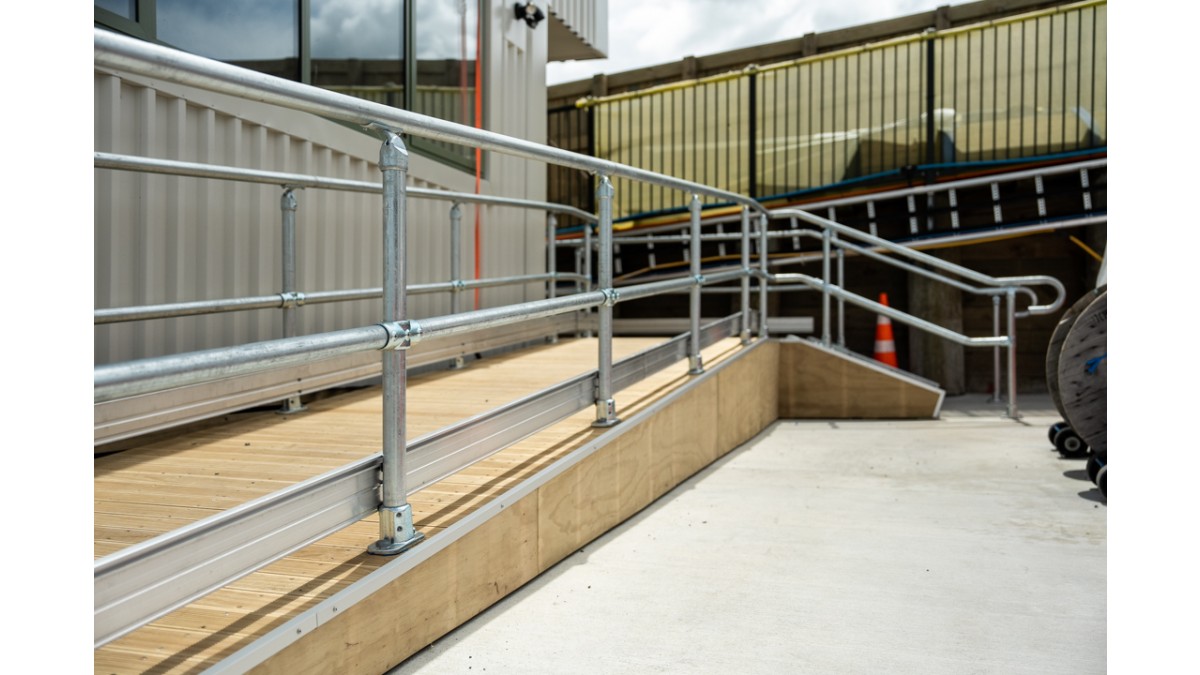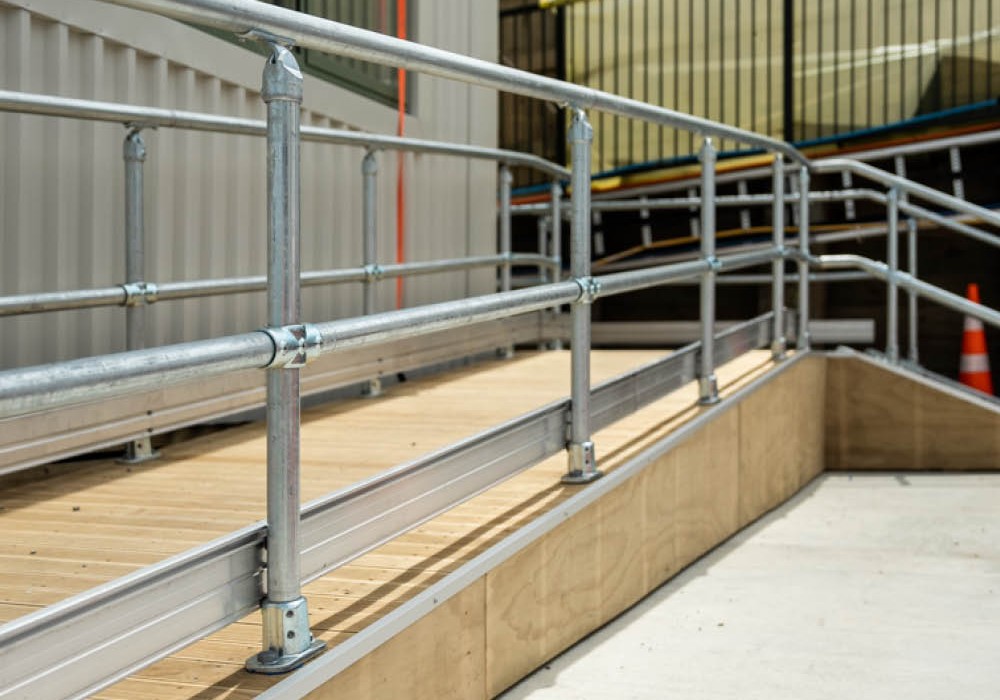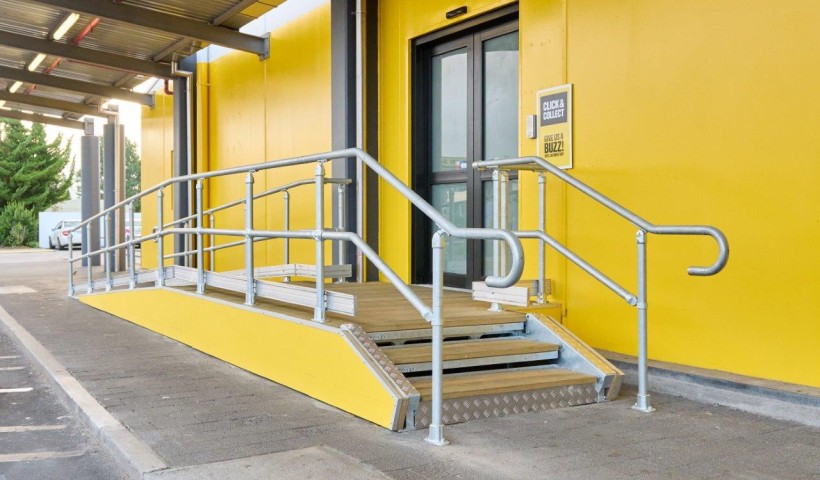
When it comes to accessibility solutions, ramp and stair design is a critical design component. Not only must these structures meet safety requirements, but they must also be durable and compliant with building codes and regulations to ensure a safe and secure space for all users. If poorly thought out, there could be serious emotional and financial cost associated with injury, permanent disability, or death should this design element be overlooked.
What rules and regulations comply?
In New Zealand, ramp and stair access is regulated by the Building Code, which sets out specific requirements for the design, construction, and installation of ramps and stairs in buildings and public spaces. In addition to the Building Code, the Accessibility Standard NZS 4121:2001 provides guidance on accessibility requirements for people with disabilities. This standard specifies criteria for the design of ramps and stairs to ensure that they are safe and accessible for people with a range of mobility impairments.
Factors to consider when designing ramps
When designing ramps, there are several important factors to consider to ensure they are safe and functional for all users, including:
- Load capacity
- Slip resistance
- Material type
- Handrails
- Compliance regulations
- Is there evidence that the solution is compliant?
Moddex has put together a guide, Ramp Design Basics: What you need to know about ramp compliance, to assist architects, engineers, and builders in designing safe and compliant ramps. The guide outlines all of the essential factors to consider when designing a ramp and how the Moddex Ezibilt system meets the accessibility needs of a variety of settings and applications.













 New Products
New Products




















 Popular Products from Moddex
Popular Products from Moddex


 Most Popular
Most Popular


 Popular Blog Posts
Popular Blog Posts
